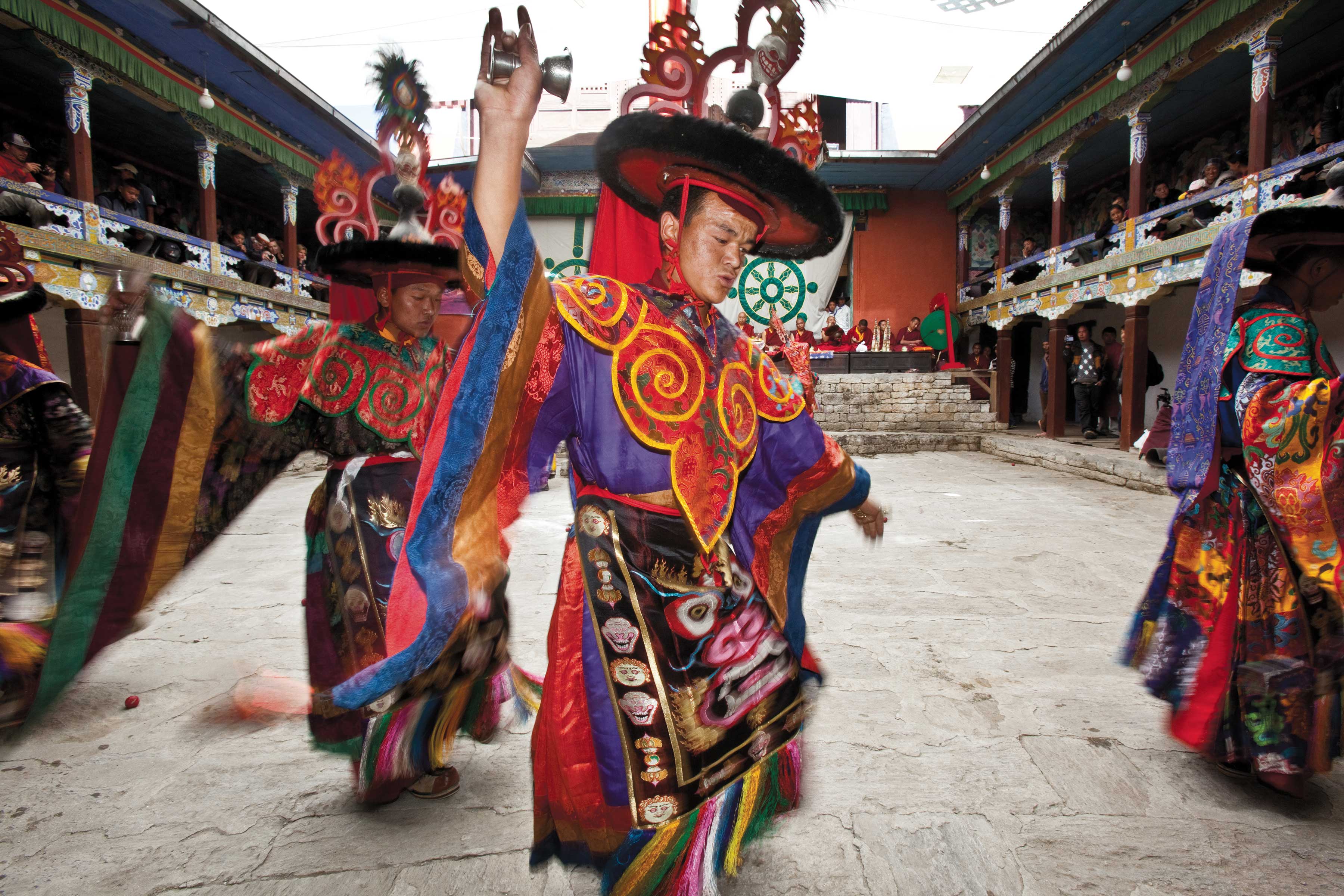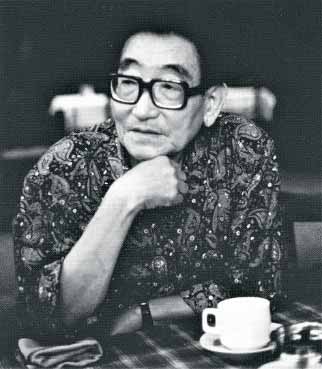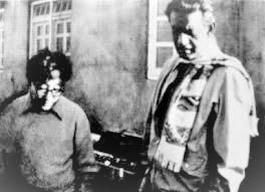My first camera was a Kodak Brownie. As a boy in the 1940s, it was my pride and joy. I carried it everywhere and snapped everything, then waited impatiently for the old man at the photo shop to process and print the pictures.
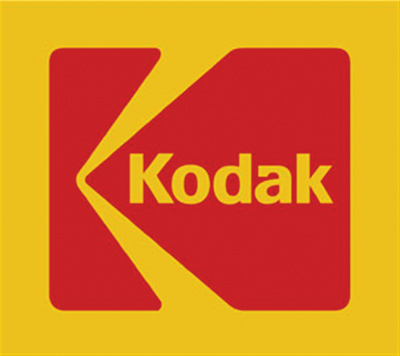 Over the years, I graduated to other cameras. In 1952 I acquired my first 35mm single lens reflex camera, an ‘Exa’, the cheaper version of the more famous ‘Exacta’ manufactured by Ihagee Kamerawerk of Dresden Germany.
Over the years, I graduated to other cameras. In 1952 I acquired my first 35mm single lens reflex camera, an ‘Exa’, the cheaper version of the more famous ‘Exacta’ manufactured by Ihagee Kamerawerk of Dresden Germany.
A little over a decade later, when I first came to Nepal, I carried an advanced 35mm camera with interchangeable lenses, a Yashica SLR (single lens reflex) manufactured in Nagano, Japan. I had my black-&-white photos processed by Ganesh Photo Studio at Bhimsenthan, Kathmandu. Nowadays, I favor digital and I do all the ‘processing’ necessary on my laptop computer. My Canon Powershot G-11 is good enough to take excellent photographs, small enough to carry in a coat pocket.
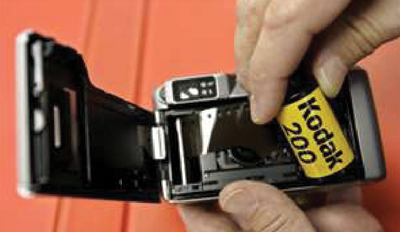 Those first Brownie ‘snaps’ didn’t amount to much, but the thrill of capturing an image of something, anything, on film was instilled in me, and has never left. Well..., what I mean to say (looking back) is that although celluloid film is no longer ‘in the picture’ the thrill of taking pictures and savoring the result is still there. Digital imagery now rules photography, and a huge chunk of memory on my computer.
Those first Brownie ‘snaps’ didn’t amount to much, but the thrill of capturing an image of something, anything, on film was instilled in me, and has never left. Well..., what I mean to say (looking back) is that although celluloid film is no longer ‘in the picture’ the thrill of taking pictures and savoring the result is still there. Digital imagery now rules photography, and a huge chunk of memory on my computer.
Historians remember George Eastman, founder of the Kodak company, as the man who put easy ph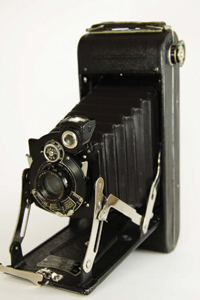 otography in the hands of the common person. He sold the first Brownie point-and-shoot camera in 1888 with the slogan “You press the button, we do the rest.” The first Brownie cameras sold for $1 and from then on photography was a hobby available to virtually anybody. Prior to that it was a complicated professional endeavor using cumbersome glass plates.
otography in the hands of the common person. He sold the first Brownie point-and-shoot camera in 1888 with the slogan “You press the button, we do the rest.” The first Brownie cameras sold for $1 and from then on photography was a hobby available to virtually anybody. Prior to that it was a complicated professional endeavor using cumbersome glass plates.
Just as G eorge Eastman invented film photography with the iconic big red ‘K’ on a yellow background on all boxes of Kodak film, his company also pioneered digital imagery. Unfortunately, however, the company did not follow through, and by the 1990s Kodak’s own image began to fade in the face of stiff competition from Japanese camera companies like Fuji, Canon, Sony and Nikon. In January 2012 the Eastman Kodak Company filed for bankruptcy. It may still survive, but only as a faint reflection of its once famous self. Kodak’s new image will apparently be in printer ink and inkjet printers.
eorge Eastman invented film photography with the iconic big red ‘K’ on a yellow background on all boxes of Kodak film, his company also pioneered digital imagery. Unfortunately, however, the company did not follow through, and by the 1990s Kodak’s own image began to fade in the face of stiff competition from Japanese camera companies like Fuji, Canon, Sony and Nikon. In January 2012 the Eastman Kodak Company filed for bankruptcy. It may still survive, but only as a faint reflection of its once famous self. Kodak’s new image will apparently be in printer ink and inkjet printers.
What’s in a name? 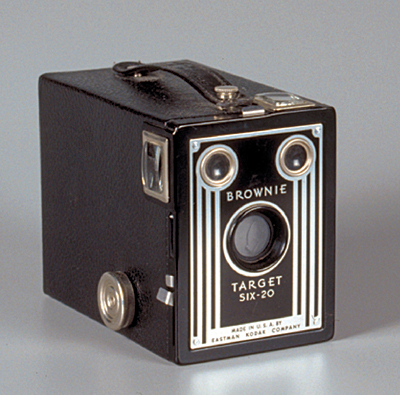
Where did ‘Kodak’ come from. A 1962 article quotes George Eastman as saying that a “trademark should be short” and it should be “vigorous.” It should be “incapable of being misspelled to an extent that will destroy its identity.” And “it must mean nothing”—all good advice to advertisers and (some of it) to writers: Keep it short. Keep it simple. Make it unforgettable. (But, for writers, it must meaning something, of course.)
The letter ‘K’, Eastman once said, was his favorite “it seemed a strong, incisive sort of letter.” After trying out various combinations he came up with the short, distinctive ‘KODAK’. Since then, Kodak “has become a permanent member of advertising’s international lingo. No nook of the globe is a stranger to its use.” Until now, that is, in the Digital Age.
The quotes from George Eastman and the origins of the brand name ‘Kodak’ are from ‘The story behind Kodak Trademark’ in Kiplinger Personal Finance magazine (April 1962). For more Kodak history go to www.kodak.com. The writer is a contributing editor to ECS Nepal magazine. He can be contacted at don.editor@ gmail.com.


